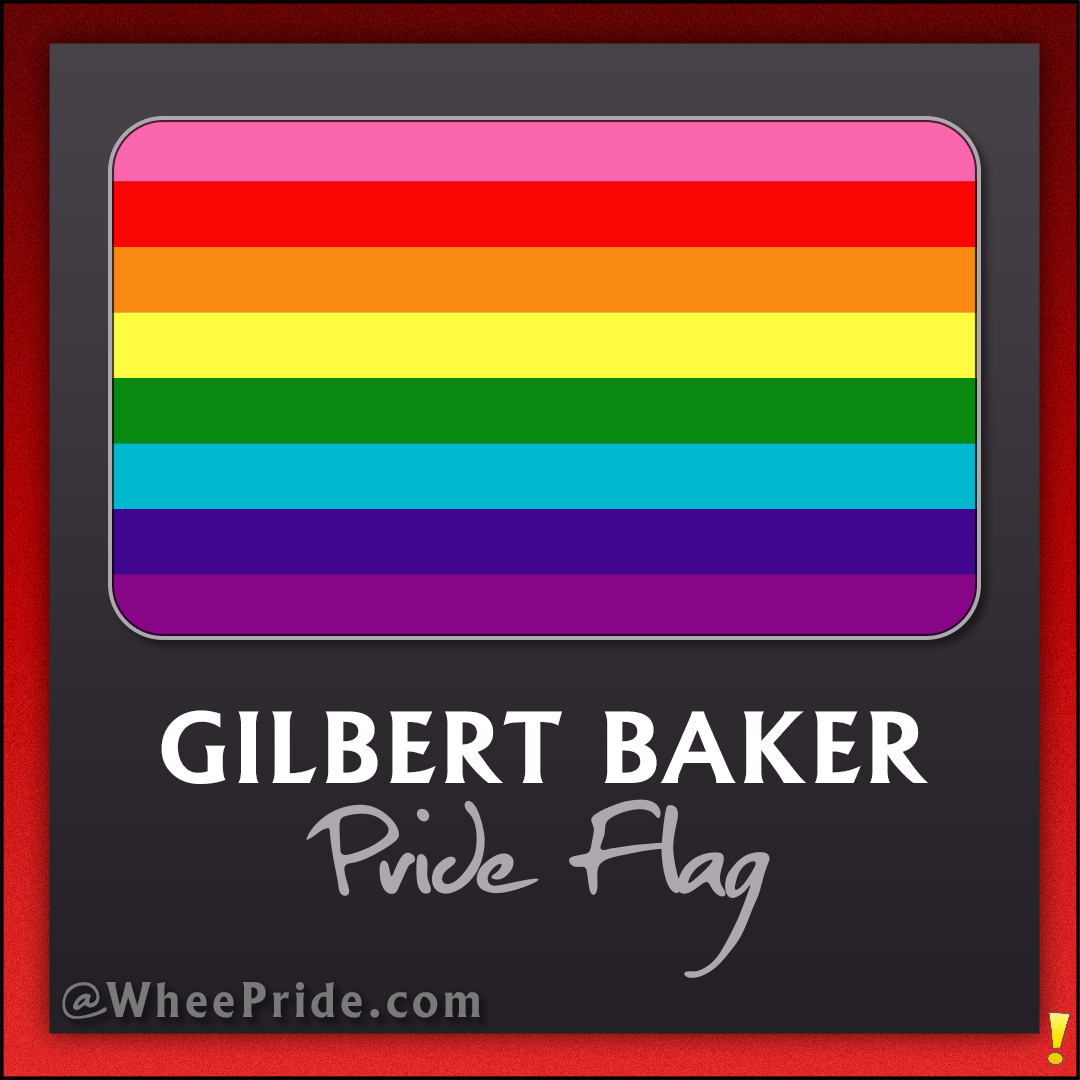
As Pride Month begins, it's important to reflect on the symbol that has become synonymous with the LGBTQ+ community – the Pride flag.
Designed by Gilbert Baker in 1978, the original flag holds deep meaning and serves as a powerful symbol of inclusion and diversity.
The Pride flag first appeared at the San Francisco Gay Freedom Day Parade on June 25, 1978. Created at the request of Harvey Milk, one of the first openly gay elected officials in the United States, the flag was intended to represent the diverse LGBTQ+ community and its vibrant culture. Each color carries significance:
Since 2021, the last remaining fragment of the original Pride flag is now on display at the GLBT Historical Society Museum in San Francisco, a powerful reminder of the symbol's rich history.
Fun fact: the original flag had eight colors, but the hot pink and turquoise colors were later dropped due to fabric availability, resulting in the familiar six-color design we now recognize.
The rainbow flag has evolved to become an iconic representation of love and a reminder of the ongoing fight for equality. The history of the Pride flag is a tale of resilience and community, reminding us of the progress made while inspiring hope for a future of acceptance and pride for all.
As we celebrate Pride Month, let's honor this iconic symbol and the rich history it represents.
We needed something to express our joy, our beauty, our power. And the rainbow did that.